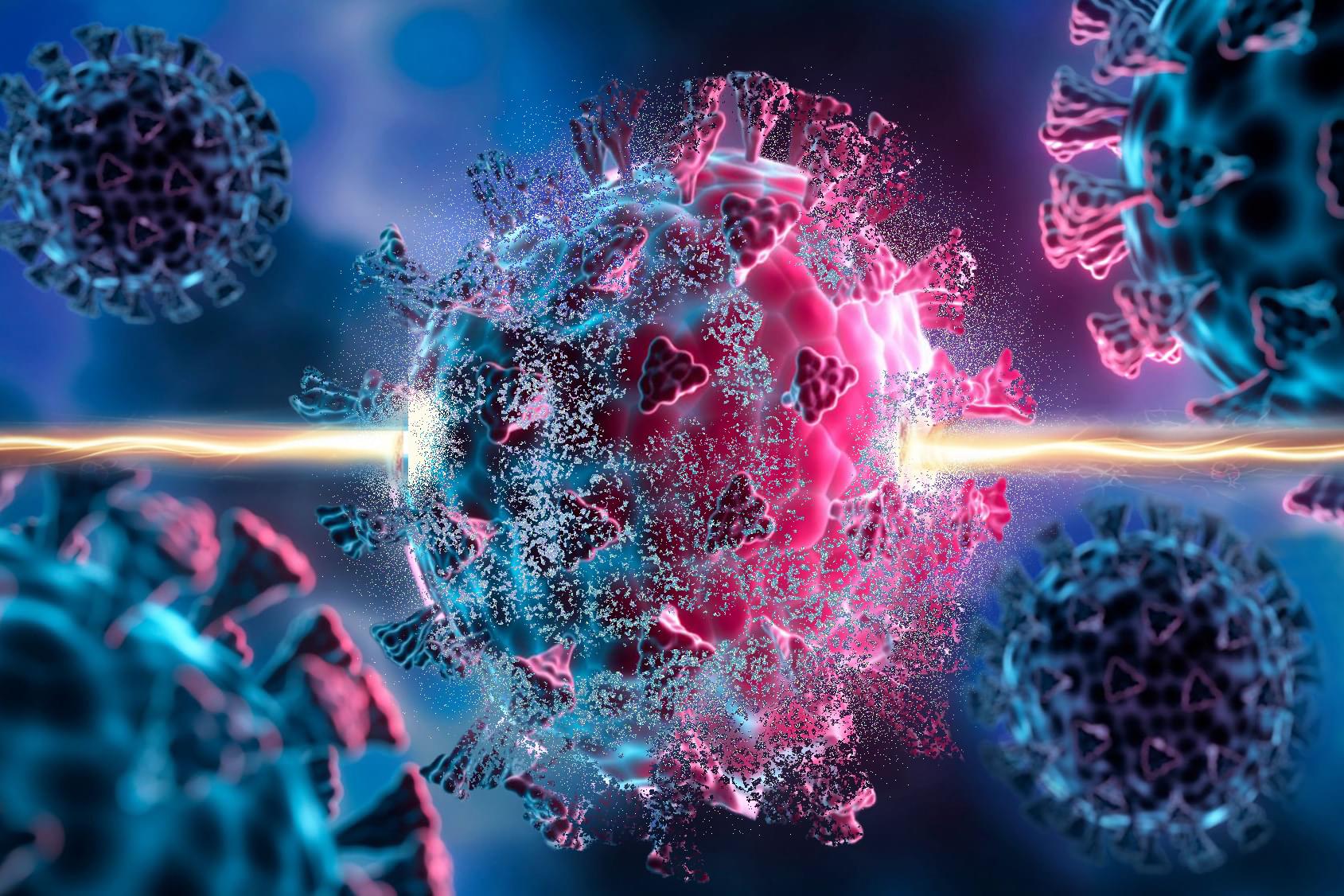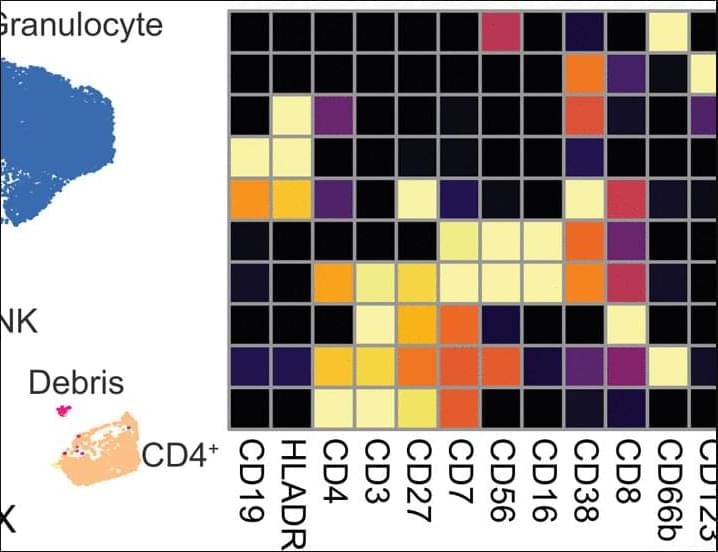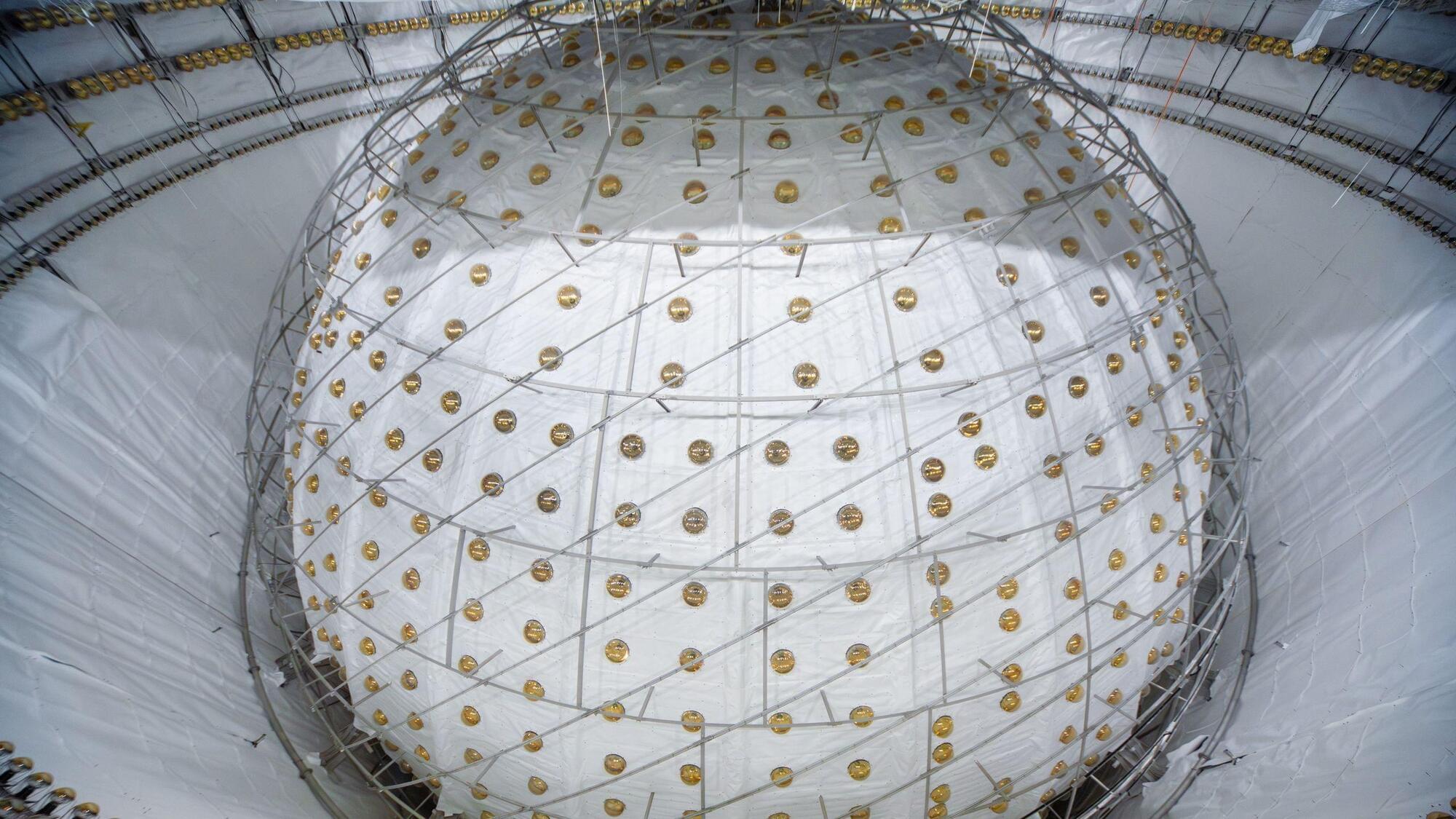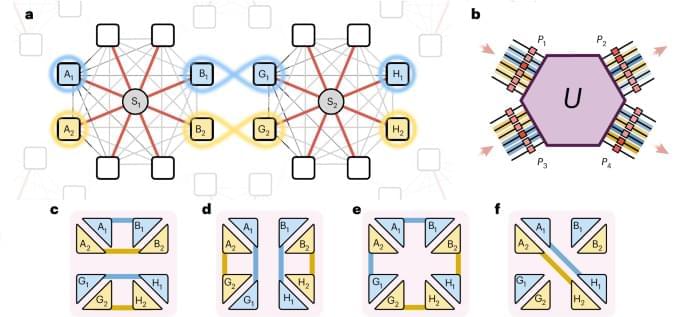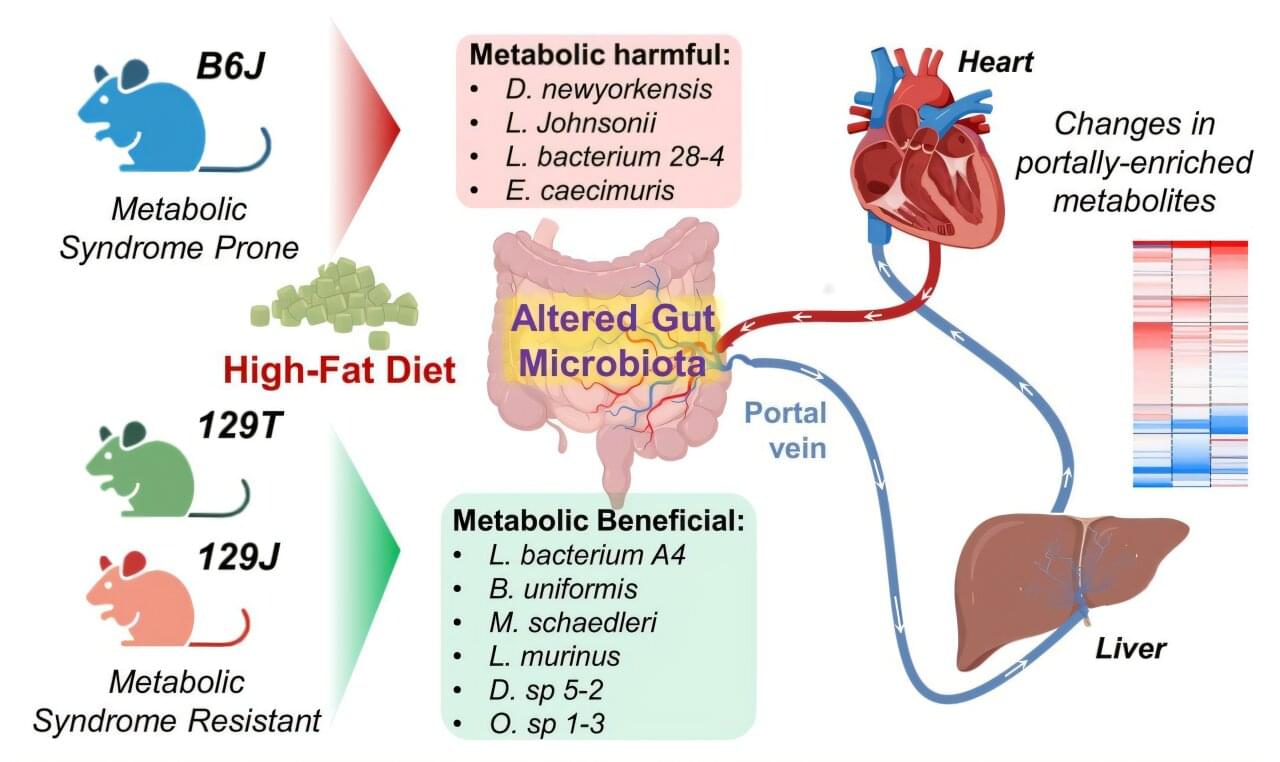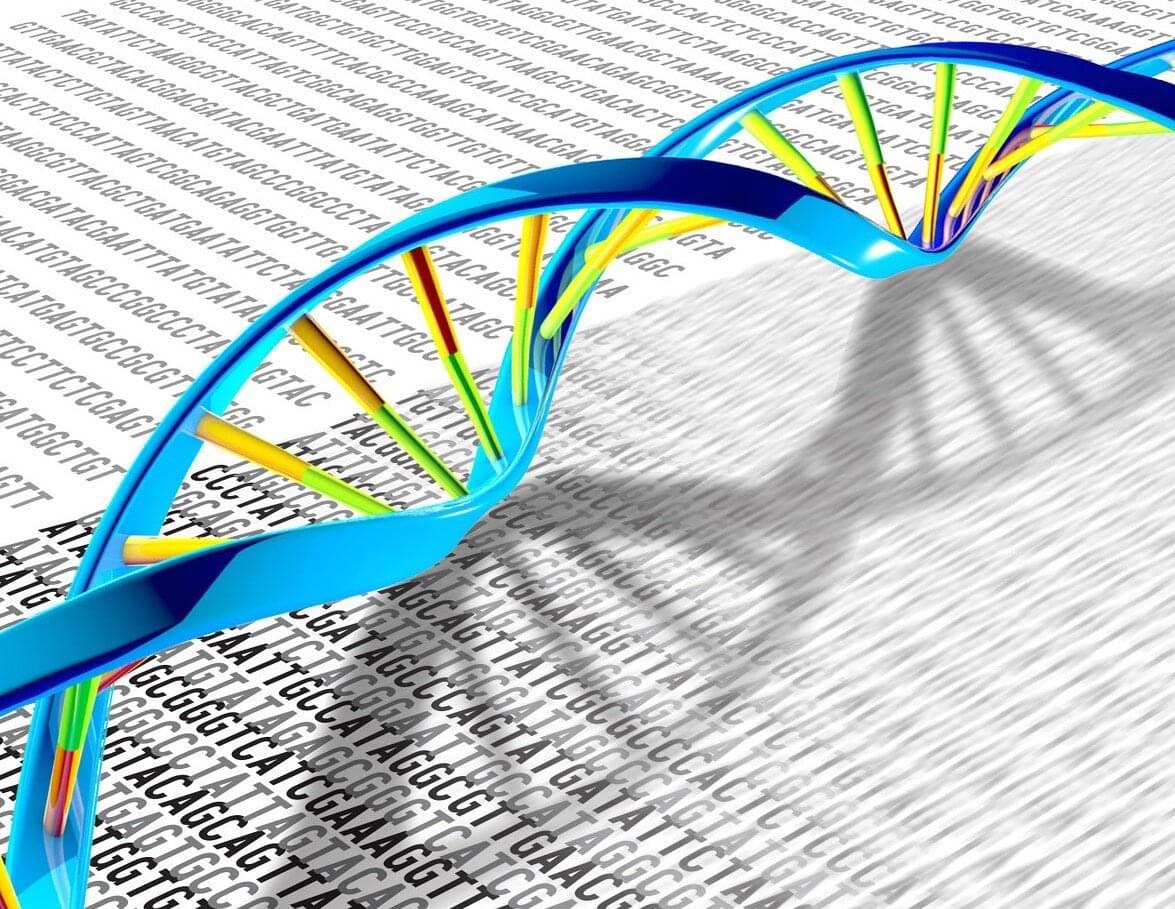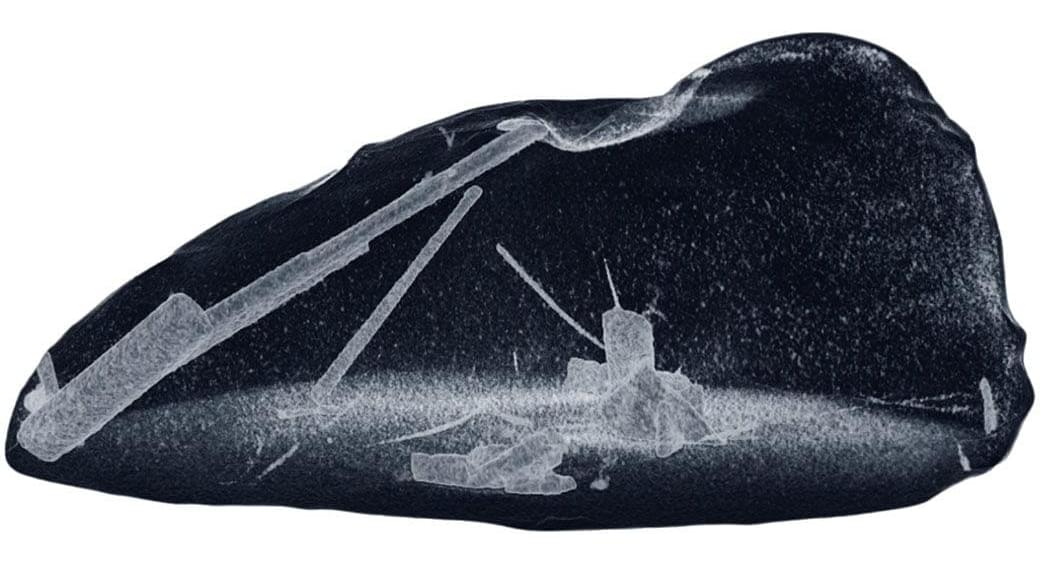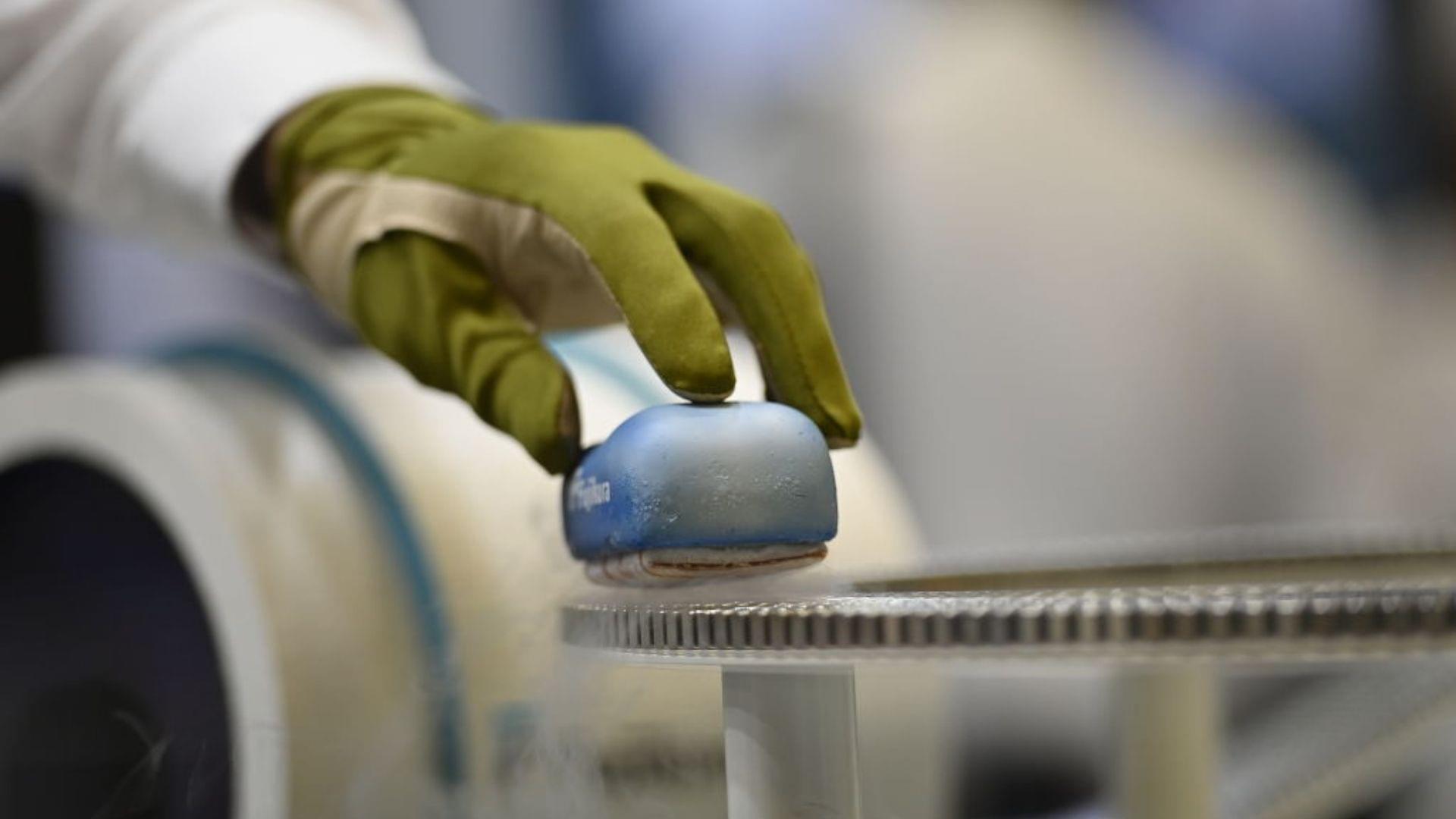Researchers at MIT and other institutions have identified compounds that can fight off viral infection by activating a defense pathway inside host cells. These compounds, they believe, could be used as antiviral drugs that work against not just one but any kind of virus.
The researchers identified these compounds, which activate a host cell defense system known as the integrated stress response pathway, in a screen of nearly 400,000 molecules. In tests in human cells, the researchers showed that the compounds help cells fend off infection from RSV, herpes virus, and Zika virus. They also proved effective in combating herpes infection in a mouse model.
The research team now plans to test the compounds against additional viruses, in hopes of developing them for eventual clinical trials.
